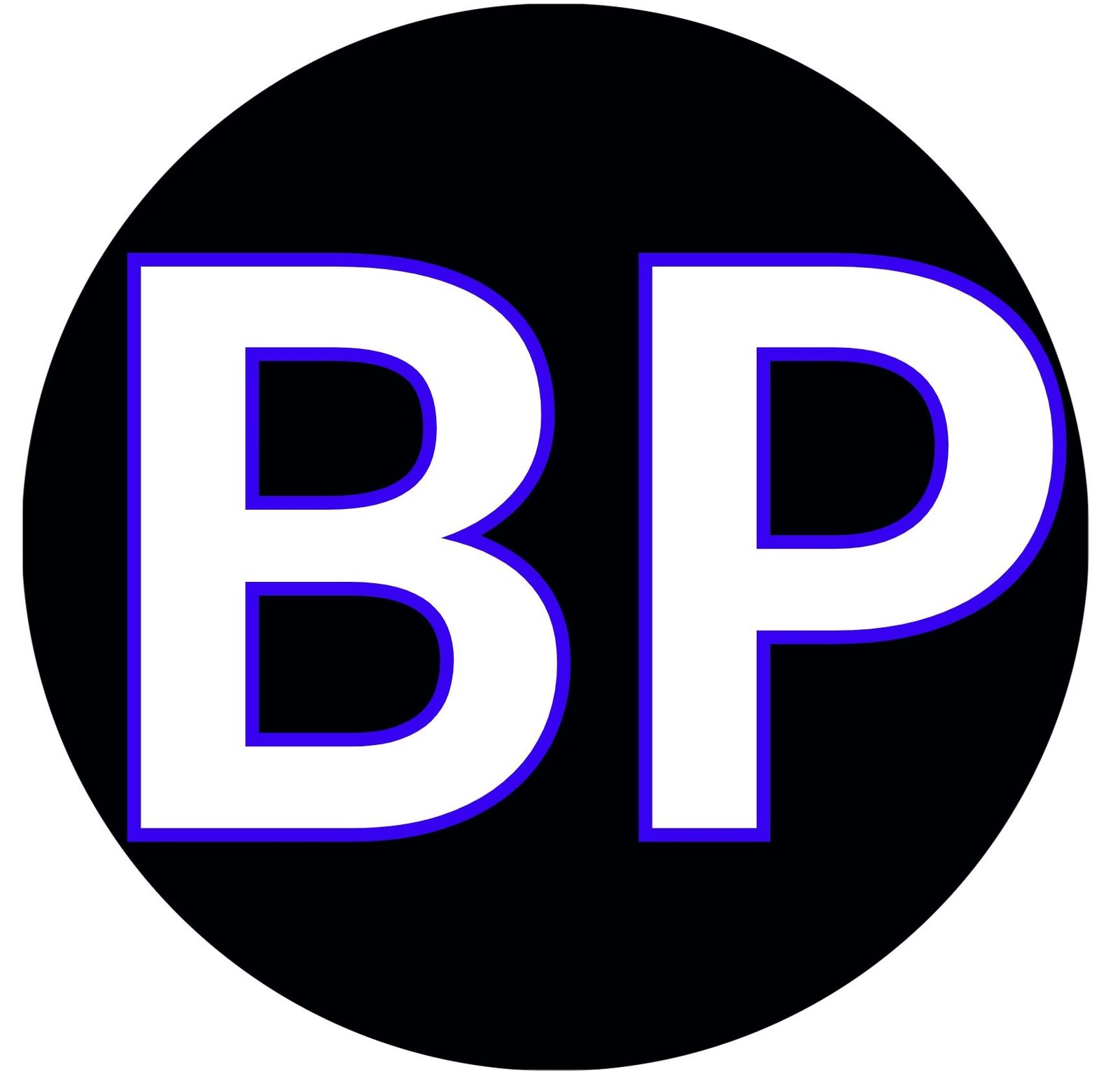Introduction to Advance Database System
ABSTRACT
Data is collection of raw facts and figure which is basic for decision making. Anything which is unorganized is called data. Database is collection of data, which is organized in a way that allows for easy data retrieval and manipulation. Database system is the way in which databases are arranged.
DBMS is the software component or logical tool to handle databases. This software lets users keep, sort, update, retrieve and modify their records in a single database; for example they can keep and update profiles in a client base. DBMS apps are widely used in business to model and manage business objects within corporate databases.
The idea of using database management systems in business appeared years ago, and today this idea remains very popular among companies. After being popular, new features are now added to it.. So this research paper is about some of these new features. Keywords: DBMS, Query Processing And Optimization, Data Warehouse
1. Introduction
A database management system (DBMS) is a software package designed to define, manipulate, retrieve and manage data in a database. A DBMS generally manipulates the data itself, the data format, field names, record structure and file structure. Database is the back end of an application.
A DBMS receives instruction from database administrator and a accordingly instructs the system to make the necessary changes. These commands can be to load, retrieve or modify existing data from the system. There are four main types of database organization:
Relational Database: Data is organized as logically independent tables. Relationships among tables are shown through shared data. The data in one table may reference similar data in other tables, which maintains the integrity of the links among them. This feature is referred to as referential integrity – an important concept in a relational database system. Operations such as “select” and “join” can be performed on these tables. This is the most widely used system of database organization.
Flat Database: Data is organized in a single kind of record with a fixed number of fields. This database type encounters more errors due to the repetitive nature of data.
Object-Oriented Database: Data is organized with similarity to object-oriented programming concepts. An object consists of data and methods, while classes group objects having similar data and methods.
Hierarchical Database: Data is organized with hierarchical relationships. It becomes a complex network if the one-to-many relationship is violated.
Here are some most popular Database Systems:
1. Oracle RDBMS
https://www.oracle.com/database/index.html
2. Microsoft SQL Server
https://www.microsoft.com/en-us/sql-server/
3. IBM DB2
https://www.ibm.com/analytics/us/en/technology/db2
4. Teradata
5. MySQL
II. QUERY PROCESSING AND OPTIMIZATION
Query processing is a set of activities involving in getting the result of a query expressed in high-level language. The basic steps are:
1. Parsing and translation: Translate the query into its internal form. This is then translated into relational algebra. Parser checks syntax, verifies relation.
2. Optimization: SQL is a very high level language: The users specify what to search for- not how the search is actually done The algorithms are chosen automatically by the DBMS. For a given SQL query there may be many possible execution plans. Amongst all equivalent plans choose the one with lowest cost. Cost is estimated using statistical information from the database catalog.
3. Evaluation: The query evaluation engine takes a query evaluation plan, executes that plan and returns the answer to that query.
Visit more Blog!
HOW TO FIX INDEXED PROBLEM IN GOOGLE SEARCH CONSOLE: COVERAGE ISSUE, SITEMAP PROBLEM

